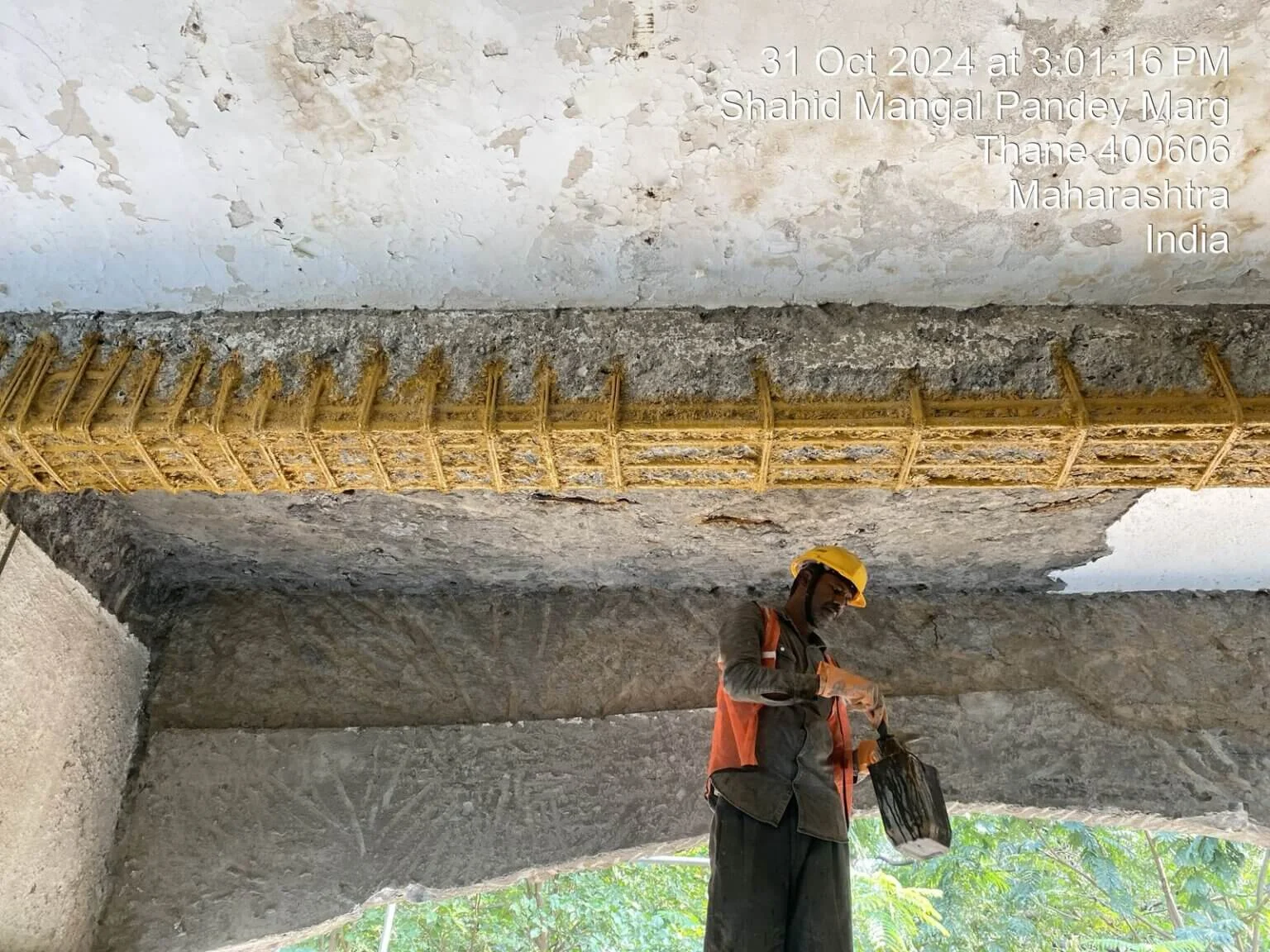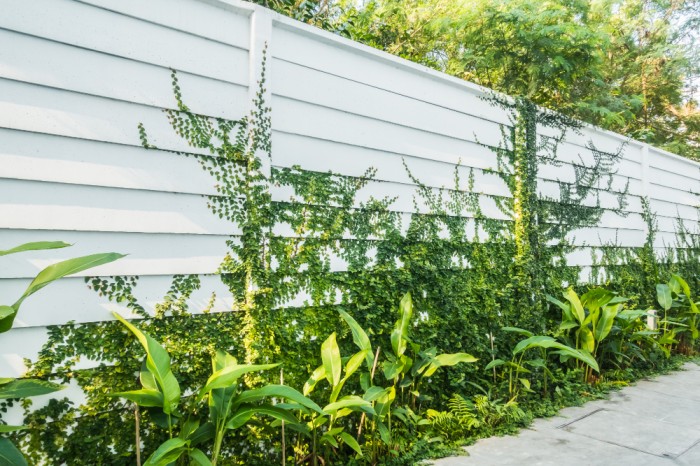Cities across India are experiencing rapid urbanization, and with it, the stress on existing infrastructure is increasing. Many residential, commercial, and industrial structures were built decades ago and are now facing durability challenges. Structural retrofitting has emerged as a practical solution to extend the lifespan of these buildings. Instead of opting for complete demolition, property owners are increasingly investing in retrofitting techniques to enhance safety, sustainability, and compliance with modern building standards.
What is Structural Retrofitting?
Structural retrofitting is the process of strengthening an existing building or structure to improve its performance against natural hazards, load-bearing requirements, or changing safety codes. Unlike new construction, retrofitting focuses on upgrading specific weak points. This ensures that older structures remain safe and functional for longer. Techniques such as jacketing, fiber-reinforced polymers, and steel bracing are commonly applied depending on the building’s condition and purpose.
Why Structural Retrofitting is Essential Today
The demand for building repair and retrofitting services has grown significantly in India. Factors such as seismic vulnerability, climate change, and aging infrastructure contribute to this trend. For instance, structures in earthquake-prone regions need seismic retrofitting to withstand shocks. Similarly, residential complexes exposed to heavy rains or floods require waterproofing and structural strengthening. Retrofitting is not just a safety measure but also a cost-effective solution compared to demolition and reconstruction.
Retrofitting vs Reconstruction: Which is Better?
Many property owners face the dilemma of whether to retrofit or rebuild. Demolition and reconstruction are costly, time-consuming, and disruptive. Retrofitting, on the other hand, allows for targeted intervention, saving both money and resources. In addition, retrofitting aligns with sustainability goals by reducing construction waste. With the growing popularity of green building practices in India, retrofitting is becoming the preferred choice for builders and homeowners alike.
Common Structural Issues That Require Retrofitting
Over time, buildings show signs of wear and tear that compromise safety. Common issues include cracks in columns and beams, corrosion of reinforcement steel, water leakage, and weakened foundations. These problems not only reduce structural strength but also lower property value. A professional structural audit often identifies these issues early, allowing for timely retrofitting solutions. Addressing these concerns helps restore the building’s stability and ensures long-term safety for its occupants.
Techniques Used in Structural Retrofitting
Retrofitting involves several methods depending on the type and extent of damage. Column jacketing, which uses concrete or steel, is widely applied to enhance load capacity. Carbon fiber wrapping is another modern technique that improves tensile strength without adding much weight. Steel bracing systems are commonly used in earthquake-prone areas to resist lateral forces. Each method is chosen based on structural assessment, ensuring cost-efficiency and effectiveness in strengthening the building.
Seismic Retrofitting for Earthquake-Prone Areas
In regions such as Delhi, Gujarat, and the Himalayan belt, earthquake safety has become a top concern. Seismic retrofitting enhances a building’s resistance to seismic forces by reinforcing columns, beams, and foundations. This process is especially crucial for schools, hospitals, and high-rise apartments where safety is paramount. By upgrading these vulnerable structures, seismic retrofitting reduces the risk of collapse, protecting both human lives and investments.
Benefits of Retrofitting Over Temporary Repairs
Unlike temporary repairs, which only address surface issues, structural retrofitting targets the root cause of damage. This ensures a more durable and reliable solution. For instance, applying plaster over cracks may hide them temporarily, but retrofitting strengthens the affected structural elements. This long-term approach improves safety, increases property value, and provides peace of mind to owners. Moreover, it aligns with building safety regulations in India, making properties compliant with modern standards.
Retrofitting in Commercial and Industrial Structures
Commercial buildings such as offices, malls, and warehouses demand high structural stability due to heavy occupancy and equipment loads. Retrofitting in these structures focuses on load enhancement and durability improvement. Industrial facilities also require upgrades due to machinery vibrations, chemical exposure, and load-bearing requirements. By applying modern retrofitting methods, companies ensure safety, minimize downtime, and extend the service life of their infrastructure without major operational disruptions.
Future of Structural Retrofitting in India
With rising awareness about safety and sustainability, the demand for retrofitting is expected to grow rapidly. Government initiatives to promote earthquake-resistant construction and smart city projects are further boosting this sector. Additionally, retrofitting supports India’s commitment to reducing construction waste and promoting green infrastructure. As more property owners realize the long-term benefits, retrofitting will become a mainstream solution for strengthening old and vulnerable structures.
Structural retrofitting is no longer an optional upgrade but a necessity for ensuring building safety and durability. It offers a practical alternative to demolition, reduces costs, and supports sustainable development. From residential apartments to industrial facilities, retrofitting provides tailored solutions that address both safety and compliance needs. As cities continue to expand, adopting modern retrofitting techniques will be vital to preserving India’s infrastructure while meeting future challenges with resilience.


